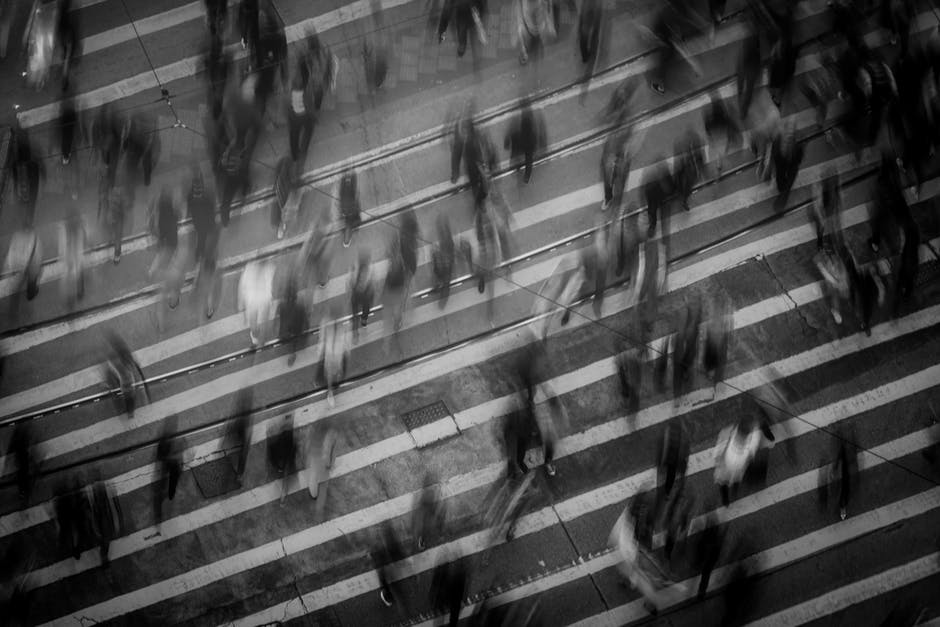The United States of America, a nation with mostly Christian founding fathers, has been slowly evolving into a country with an increasing population of people who do not identify with a religion.
Coined as “religious nones,” this group of people, comprised of atheists, agnostics, spiritual and those who are not affiliated with a specific organized religion, shares a common theme: the rejection of organized religion while maintaining certain aspects of faith. A recent survey by Pew Research Center’s National Public Opinion Reference Surveys (NPORS) showed that nearly 30 percent of adults are not affiliated with a religious group.

According to political scientist Ryan Burge, the rise of religious nones started in the early 1990s and is projected to be the largest religious affiliation in the next 4 to 6 years. In fact, for the first time in American history, the population size of religious nones equaled that of evangelical Christians and Catholics in 2018– a stark contrast to 1970, when the mainline Protestants population was around 140 percent greater than the group of religious nones.
The increase in religious nones is also correlated with the decrease in US church membership. A study conducted by Gallup shows that only 47 percent of Americans reported belonging to a church, synagogue, or mosque in 2020. This figure was at a whopping 73 percent when Gallup first started measuring it in 1937 and only started decreasing towards the start of the 21st century. Interestingly, despite the decrease in church membership, 87percent of Americans answered that they believed in God in a 2017 Gallup survey.
Although these statistics may be shocking, they are not exactly surprising and follow the pattern of religiosity by age. Millennials tend to be less religious than those who are older and eventually begin to attend church again in their early 30s.
Even though the US is experiencing the greatest increase in religious nones within the younger population than ever before, an undeniable pattern remains– people tend to return to religion as they age. It may just be a matter of when as opposed to if Americans will go back to their faith.
